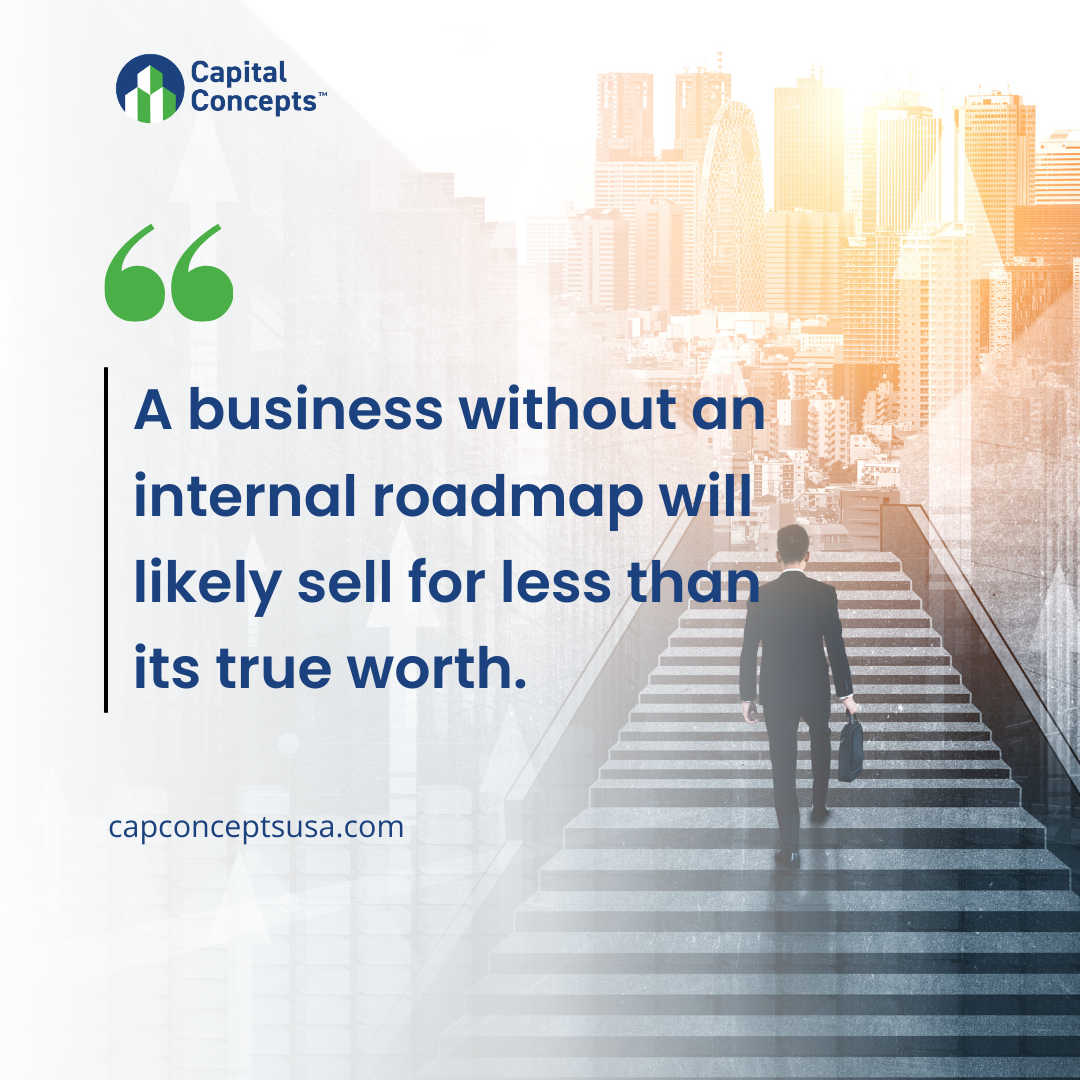If You Don’t Have a Leadership Transition Plan, Your Exit Could Fail
And here’s why
It’s time to transition out of your business.
You’ve built it up, created systems and efficiencies along the way, and are ready to step back or all the way out.
But what’s the wisest first move? There isn’t a manual or one-size-fits-all approach to transitioning away from your business.
This process is dynamic, which is why it is vital to document your processes to make this transition as seamless as possible.
There are a variety of ways to exit your business, including leaving it as a legacy to a future generation or grooming the next manager. But regardless of what’s next for your business, it is essential to have a strong plan in place.
For this article’s purposes, we’ll explore ways to prepare your business for a future sale (rather than secondary management or legacy strategy).

Why Is the Planning Phase So Important?
Many leaders get so caught up in strategizing their exit that they neglect to set a solid transition plan in place. But without a plan to show future buyers, you could lose a huge percentage of your company’s worth!
Additionally, owners often hold valuable institutional knowledge about their businesses, from client relationships to operational nuances. It is vital that you document and transfer this information through a succession plan so that the incoming owner can maintain the systems you put in place.
We’re diving into the “why’s” of planning: why having your own processes documented is crucial for future leaders to take on your business as you step back.
How To Begin the Transition: Answering Key Questions
Before the next leader can plan their own innovations to for the organization, they’ll need to have a solid track record of what your business has done in the past.
Anyone who acquires your business will want assurance that the organization they’ll be leading has a stable and well-defined future. They’re typically looking for businesses with a set roadmap for the future, and the absence of a succession plan sends a serious red flag about the company’s long-term viability.
This business history can encompass a wide range of information, including things like the business’s internal culture, finances, and missional goals to date.
Your transition plan relies on your ability to answer questions like…
➡️ What does the org chart look like now?
➡️ What will it look like in future the future?
➡️ Who is capable of fulfilling these goals?
If you don’t draft and implement a clear plan, you’re creating uncertainty for potential buyers.
Without a succession plan, the transition from the current leadership to the new one becomes unclear, raising concerns for buyers and/or incoming leadership. And no one likes uncertainty!
Why This Is So Important: Value Erosion
A business without an internal roadmap will likely sell for less than its true worth.
The value of a business will erode without a plan in place because its worth isn’t just about its current profitability. It’s also determined by its potential for sustained success. Without a smooth transition process in place, future leadership may doubt the business’s ability to continue operating efficiently under new ownership, impacting its perceived value.
Without detailed documentation of the who-what-how of your business, new leadership won’t have much confidence in the company’s ability to turn a profit in the future.


What To Include: Creating a History
Your transition plan should include information about…
1️⃣ Who has been running operations, both internal and external
2️⃣ What their process has been in doing so
3️⃣ How they’ve been able to maintain success and hit goals
This confidence is vital for a seamless transition and the ongoing success of the business. A well-prepared succession plan outlines how the business will continue to thrive under new leadership, even when you’ve completely exited.
In Conclusion…
Leaving your business goes far beyond a simple transfer of ownership; it also involves managing the entire transition period from one owner to the next.
At the end of the day, not having a clear and well-executed succession plan can doom your business transition.
This all requires thorough documentation and reflection. This is where we can help! Our experts have extensive experience guiding leaders through this process.
It’s worth taking the time and effort to create a comprehensive transition plan. Setting up a clear plan prior to selling is an investment in your business’s future. It isn’t just prudent — it’s essential!
At Capital Concepts USA, we have financial, marketing and sales, and operations consultants who can work with you to craft a plan and set goals that will make a difference in your business. Contact us today for a free 15-minute call with our founder, Lorne Greenfield.
Related Article
How To Avoid the Biggest Valuation Mistake Made by Business Owners
You’ve been working on the sale of your business for months now. All the work, not just to complete this sale but to build a business someone else actually wants to buy, is about to pay off.
You hold your breath as the sales agent slides a piece of paper across the desk towards you…with a number completely different than you’d negotiated!
“As you know, we did a final business valuation last week to determine the final sale price for the closing today,” she explains. “After reviewing all of your records, we have determined that the value decreased from our initial estimate a year ago. As a result, the sale price will be 25% lower than we originally planned.”
What happened to the profitable sale you worked so hard for?!
What To Do If Your Business’s Valuation Is Too Low
You’ve decided to create an exit plan, and now it’s time to find out how much your business is worth. What if the value comes in lower than you expected? In this week’s Insights article, we talk about common issues that contribute to a low business valuation and how to move forward.
How To Prepare for a Strong Business Valuation
You’ve been reading our series and have decided to do some exit planning. You’ve audited your time, started planning for your free time, and have an idea how much money you’ll need for the next chapter. Now it’s time to find out what your business is worth now, so you can create a plan to get it to the value you need it to be. This week’s article shares the information you need to gather for a professional valuation, and what to do if you don’t have that information ready.
Need Fresh Eyes On Your Business?
We offer complementary consultations to help you identify the areas where you could most quickly and easily improve your business’s performance, value, and profitability. Request one today.





0 Comments